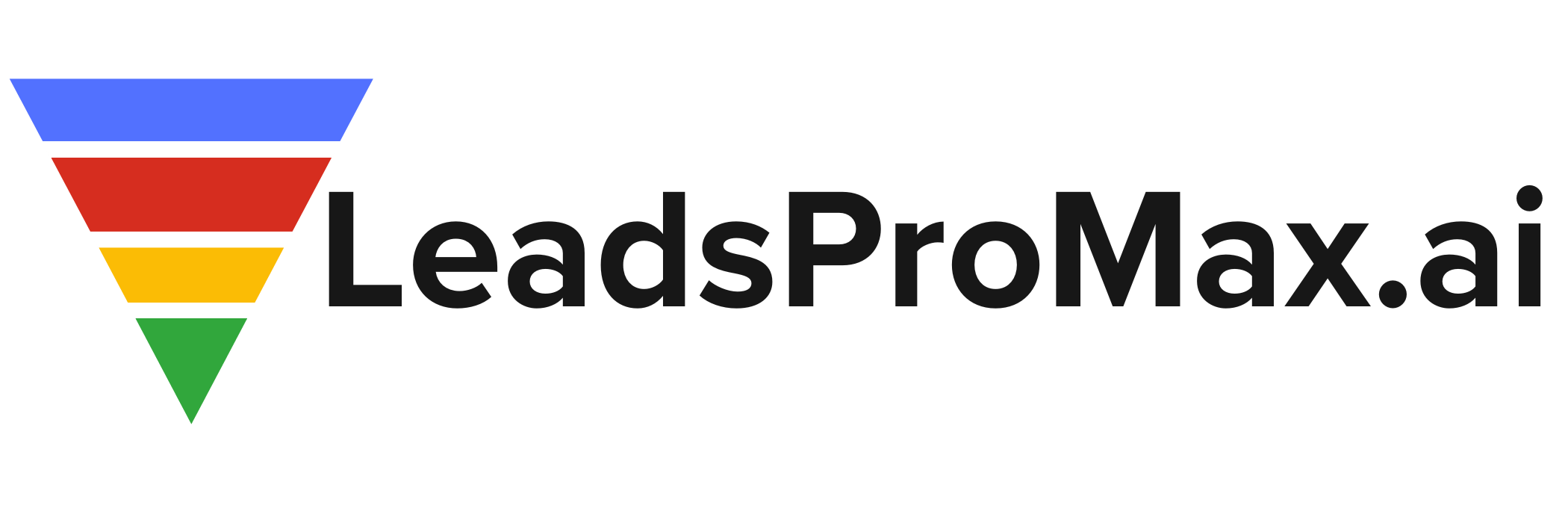The Future of Predictive Analytics: Unlocking Insights and Driving Growth
In today’s data-driven world, businesses are constantly seeking ways to gain a competitive edge and make informed decisions. Enter predictive analytics – a powerful tool that leverages historical data, statistical algorithms, and machine learning techniques to forecast future outcomes. As the demand for data-driven insights continues to soar, the U.S. predictive analytics market is poised for remarkable growth, with projections indicating a staggering $8.27 billion market size by 2027[1].
The increasing adoption of predictive analytics across various industries is fueled by the rapid advancements in artificial intelligence (AI), machine learning, and data analytics. Organizations are realizing the immense potential of predictive analytics in optimizing operations, enhancing customer experiences, and identifying new revenue streams. From healthcare and finance to retail and manufacturing, predictive analytics is revolutionizing the way businesses operate and make decisions.
Harnessing the Power of Data
At the heart of predictive analytics lies the ability to harness the power of data. With the exponential growth of digital information, businesses now have access to vast amounts of structured and unstructured data. By leveraging advanced algorithms and machine learning models, predictive analytics enables organizations to extract valuable insights from this data, uncover hidden patterns, and make data-driven predictions.
One of the key advantages of predictive analytics is its ability to identify trends and anticipate future outcomes. By analyzing historical data and identifying correlations, businesses can forecast demand, optimize inventory levels, and make informed decisions about resource allocation. For instance, retailers can use predictive analytics to analyze customer behavior, predict popular products, and optimize their supply chain accordingly.
Transforming Industries
The impact of predictive analytics extends far beyond individual businesses. It has the potential to transform entire industries and reshape the competitive landscape. In healthcare, predictive analytics is being used to improve patient outcomes, predict disease outbreaks, and optimize treatment plans. By analyzing patient data, healthcare providers can identify high-risk individuals, personalize care, and reduce readmission rates.
In the financial sector, predictive analytics is revolutionizing risk assessment and fraud detection. Banks and financial institutions can leverage predictive models to assess creditworthiness, detect fraudulent transactions, and optimize investment strategies. By accurately predicting default rates and identifying potential risks, financial institutions can make informed lending decisions and mitigate losses.
Challenges and Considerations
While the benefits of predictive analytics are undeniable, there are also challenges and considerations that businesses must address. Data privacy and security are paramount concerns, as organizations must ensure that sensitive information is protected and used ethically. Additionally, the accuracy and reliability of predictive models depend on the quality and completeness of the data used for training. Businesses must invest in robust data collection and cleansing processes to ensure the integrity of their predictive analytics initiatives.
Another consideration is the need for skilled professionals who can interpret and act upon the insights generated by predictive analytics. Organizations must foster a data-driven culture and provide training and resources to enable employees to leverage predictive analytics effectively. Collaboration between data scientists, business analysts, and domain experts is crucial for translating insights into actionable strategies.
The Future of Predictive Analytics
As the U.S. predictive analytics market continues to expand at a compound annual growth rate (CAGR) of 16.1% from 2020 to 2027[1], the future looks promising. Advancements in AI and machine learning will further enhance the capabilities of predictive analytics, enabling businesses to tackle more complex problems and uncover deeper insights. The integration of predictive analytics with other emerging technologies, such as the Internet of Things (IoT) and blockchain, will open up new possibilities for real-time decision-making and secure data sharing.
Moreover, the increasing availability of cloud-based predictive analytics solutions will democratize access to these powerful tools, allowing small and medium-sized businesses to leverage the benefits of predictive analytics without significant upfront investments. As more organizations embrace data-driven decision-making, the demand for predictive analytics professionals will continue to rise, creating exciting career opportunities in this field.
Conclusion
The U.S. predictive analytics market is on the cusp of significant growth, driven by the increasing recognition of the value of data-driven insights. As businesses across industries harness the power of predictive analytics, they can unlock new opportunities, optimize operations, and gain a competitive advantage. However, the successful implementation of predictive analytics requires a strategic approach, investment in data infrastructure, and a commitment to data-driven decision-making.
By staying attuned to the latest trends and advancements in predictive analytics, organizations can position themselves for success in the era of data-driven transformation. The future belongs to those who can harness the power of predictive analytics to drive innovation, improve outcomes, and shape the future of their industries.
**Embrace the power of predictive analytics and unlock the insights that will propel your business forward. Stay ahead of the curve and be part of the data-driven revolution.**
#PredictiveAnalytics #DataDrivenInsights #BusinessTransformation
-> Original article and inspiration provided by ReviewAgent.ai
-> Connect with one of our AI Strategists today at ReviewAgent.ai

